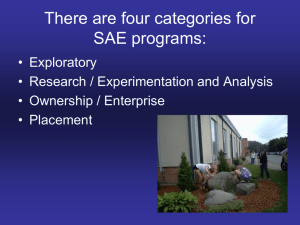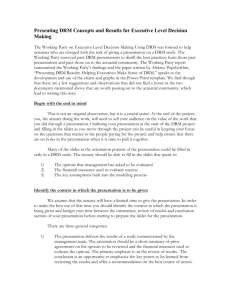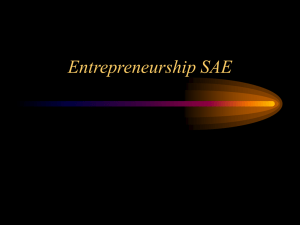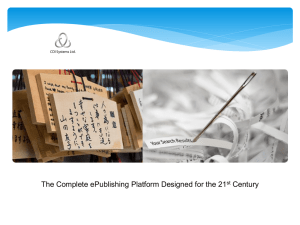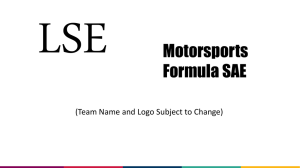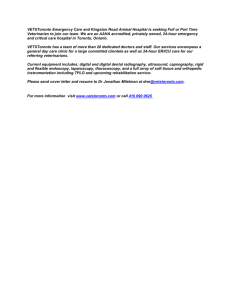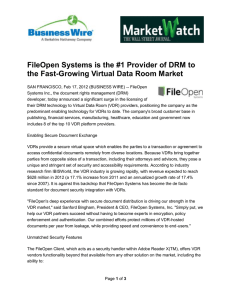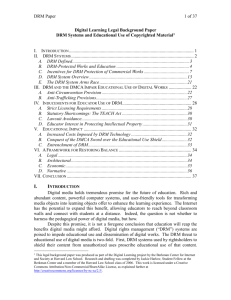SAE and Digital Rights (Mis)
advertisement
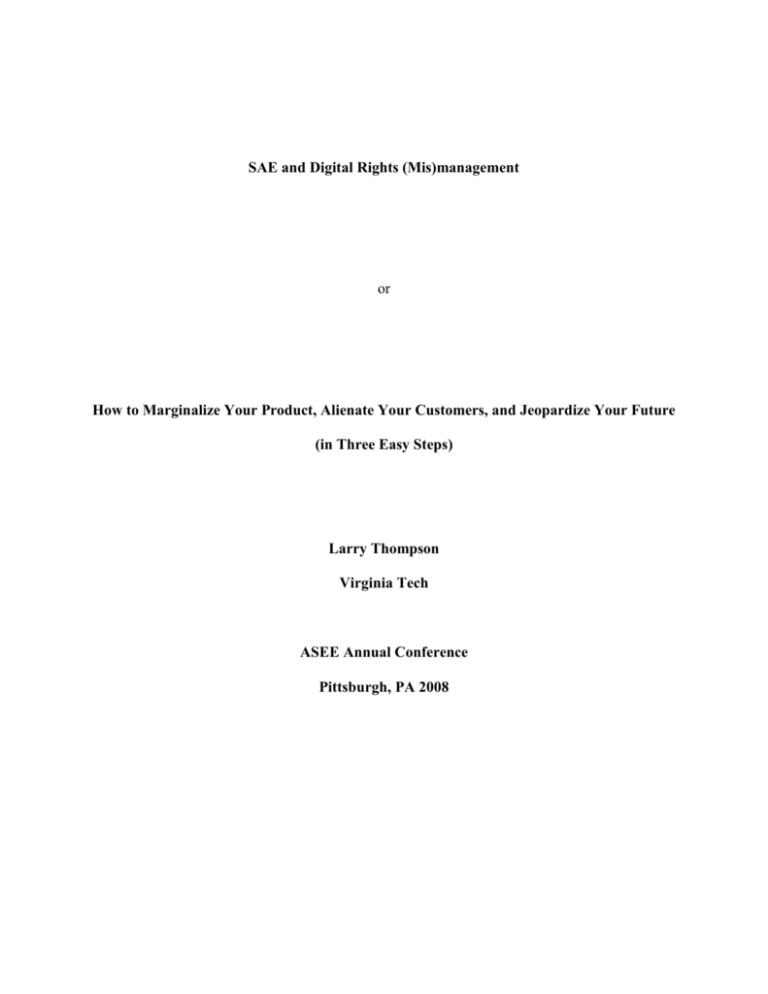
SAE and Digital Rights (Mis)management or How to Marginalize Your Product, Alienate Your Customers, and Jeopardize Your Future (in Three Easy Steps) Larry Thompson Virginia Tech ASEE Annual Conference Pittsburgh, PA 2008 Step One – Be oblivious to your users’ needs, and the impact of your actions on them. SAE stated that access convenience was maintained. As the following document shows, they were oblivious to the fact that copying, saving, e-mailing, and networked access was important. This might lead some to ask, “What would SAE have done if they wanted to inconvenience the user?” SAE tried to unilaterally define user “convenience.” Users rejected the definition. SAE continues to be oblivious to the needs of the academic community because of no provision for walk-in users, no provision for ILL, rolling 10 year backfile, and no provision for archival rights. Step Two – Be oblivious to industry norms, and how far you’ve strayed from accepted practices. SAE stated that restrictive DRMs were used by many publishers. They were oblivious to the fact that their implementation was unprecedented. Theresa Wertz, Senior Project Manager in Technical Publishing E-mail 5/9/2006: “go to www.fileopen.com which has a list of publishers who have adopted the FileOpen plug-in. It is an Adobe Acrobat plug-in so it is commonly being used by traditional publishers who maintain large bodies of PDF documents” E-mail 5/11/2006: “we are not the first publisher to use this plug in technology nor will we be the last and it is commonly being used by traditional publishers who are or who have implemented DRM technologies. The reality is that DRM technologies in various forms are fast becoming the way publishers do business—SAE is in the unfortunate position of being one of the first to do so.” Although the FileOpen site does list several publishers as customers, what is the response of publishers when asked about the FileOpen software: Cambridge – no current use of FileOpen and no plans to use it in the future Elsevier – no current use of FileOpen and no plans to use it in the future IEEE – no current use of FileOpen and no plans to use it in the future Wiley – no current use of FileOpen and no plans to use it in the future ANSI – used with standards ASME – used on codes and standards ASTM – used in conjunction with a custom business model Pearson – no reply after several attempts to contact Thomson – no reply after several attempts to contact What do Cambridge and IEEE publishers specifically say about technically imposed DRM? “In order to technically impose DRM, we would have had to use a downloadable plugin and our market (academic libraries) really do not like them (imagine having to load the plugin on 1500 terminals!). We just did not feel that using aggressive technically enforced DRM was necessary, appropriate or cost-effective for our particular market or for the products we currently have available. The academic library market is on the whole extremely careful about abuse of copyright by their users. And DRM can make a product less useful to honest users.” Rufus Neal – Cambridge University Press “IEEE's goal is to encourage use of our information and increase access. We are not interested in software that would place an unreasonable obstacle between our information and our users.” Karen Hawkins – IEEE Step Three – Be oblivious to the customer’s ability to “Just Say No!” There is no indication that SAE asked librarians about the DRM until after it was implemented. It is doubtful SAE was prepared for the following reaction: Survey of Librarians Through ELDNET-L List 81 Responded, 31 Listed Below Had SAE Digital Library University Auburn Berkeley Coventry University George Washington U IL Inst Tech IUPUI Lawrence Tech U Michigan Tech MIT North Carolina A&T Notre Dame Ohio State Purdue Queen's Univ U Alabama Birmingham U Alberta U Bradford U Brit Col U Huddersfield U Leeds U Michigan U Minnesota U Texas - Austin U Wisc - Madison UC Davis UC Irvine UC Los Angeles UC Riverside UIUC Virginia Tech Wayne State DL online before restrictive DRM Yes Yes Yes Yes Yes Yes Yes Yes Yes Yes Yes Yes Yes Yes Yes Yes Yes Yes Yes Yes Yes Yes Yes Yes Yes Yes Yes Yes Yes Yes Yes DL online with restrictive DRM Yes No Yes No No No Yes No No Yes No Yes No No No Yes No No No No No No * No No No No No No No Yes DL online after restrictive DRM removed Yes No Yes No No No Undecided No Yes Yes No Yes Undecided Yes Undecided Yes No Yes No No Yes Yes Yes Yes No Undecided No Undecided No No No *Continued to receive DL, but they never had the restrictive DRM Of the 31 libraries responding to the survey and indicating they had the SAE DL before the restrictive DRM, 23 did not renew under the restrictive DRM. At a cost of approximately $15,000 per library, the SAE lost approximately $345,000 from these respondents alone.
